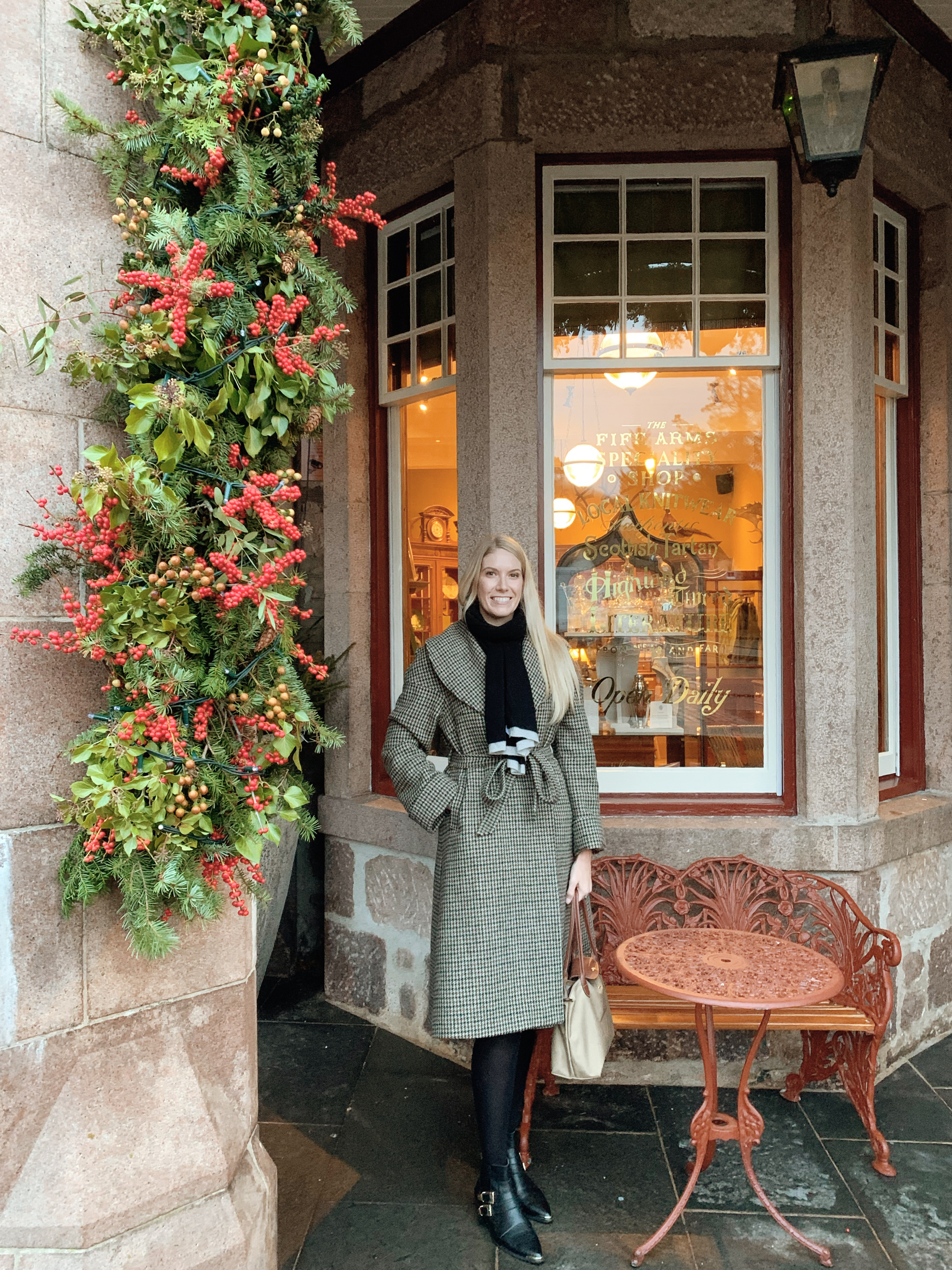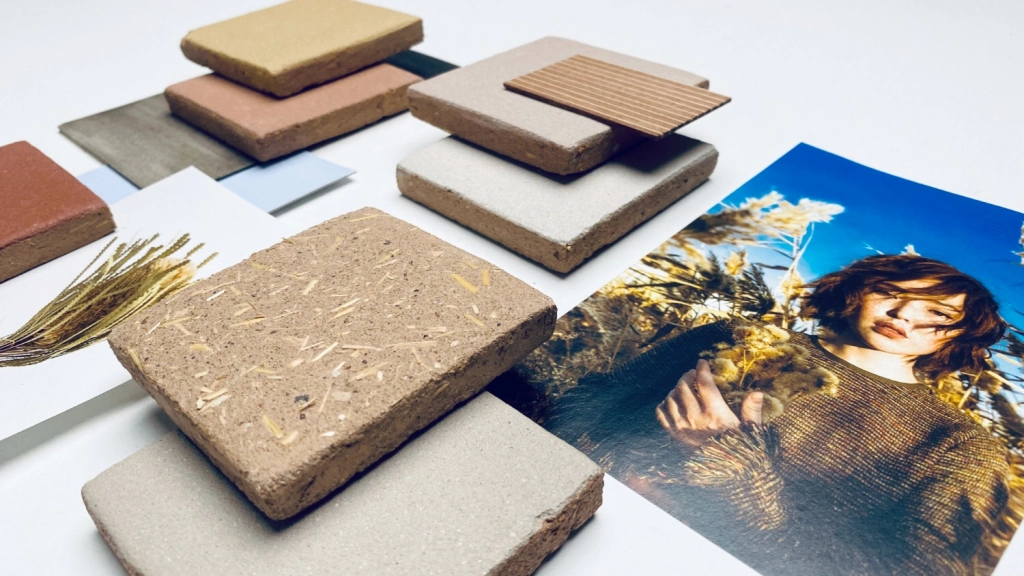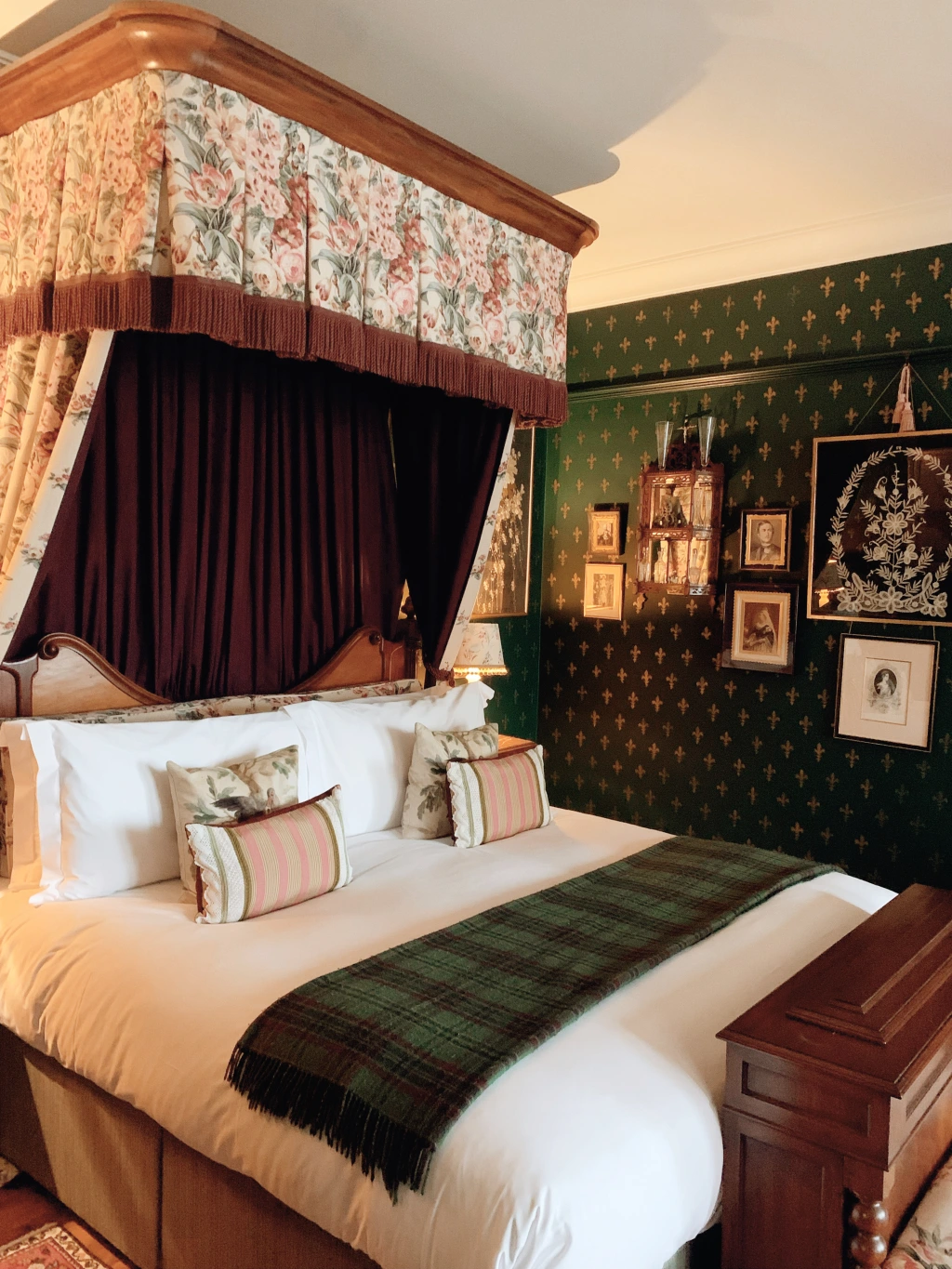SOCIAL HISTORY
A time characterised by the accumulative power and authority of France within European politics, Louis XIV is infamous for guiding in an era of extreme opulence and an arrangement of investment and authoritarianism. After the death of his father King Louis XIII (1601 – 1643) when he was only 4 years of, his mother Anne of Austria (1601 – 1666) became regent of France, and with the aid of the chief minister and her confidant Cardinal Jules Mazarin, she took steps to strengthen and bolster the monarchy’s command. This brought about disgruntlement and anger amongst nobles and aristocracy which developed into civil war, with Anne and Mazarin being chased out of Paris. The effects and repercussions of these actions and the treatment of his mother and godfather stayed with Louis XIV, so much so that it greatly impacted his politics and reign as monarch in later years. During his sovereignty Louis XIV constricted control of France and aim to centralise the country. He believed greatly in the Theory of Divine Rights of Kings meaning the monarch was to have undisputed jurisdiction and influence of the state. He disempowered unruly nobles which in turn resulted in 11 civil wars. Louis XIV instituted France as a prevailing country in Europe with unbounded authority. He did this by growing and strengthening the armed forces, as well as lessening deficit and encouraged progression within the country’s economy. All of these actions meant France was seen as a danger to other European countries and subsequently during Louis XIV’s time as monarch there were destructive wars such as the War of Devolution with the Spanish Netherlands (1667 – 1668), the Franco Dutch War (1672 – 1678), the Grand Alliance (1688 – 1697) and the War of Spanish Succession (1701 – 1714).
During his sovereignty Louis XIV constricted control of France and aim to centralise the country. He believed greatly in the Theory of Divine Rights of Kings meaning the monarch was to have undisputed jurisdiction and influence of the state. He disempowered unruly nobles which in turn resulted in 11 civil wars. Louis XIV instituted France as a prevailing country in Europe with unbounded authority. He did this by growing and strengthening the armed forces, as well as lessening deficit and encouraged progression within the country’s economy. All of these actions meant France was seen as a danger to other European countries and subsequently during Louis XIV’s time as monarch there were destructive wars such as the War of Devolution with the Spanish Netherlands (1667 – 1668), the Franco Dutch War (1672 – 1678), the Grand Alliance (1688 – 1697) and the War of Spanish Succession (1701 – 1714).
Louis XIV seemingly always conducted himself contrarily than that of his predecessors, for example after Mazarin’s death he declared he would rule without a chief minster, a extraordinary amendment to tradition. Instead he saw himself as a ’direct representative of god’ and most famously was quoted as claiming “I am the sate”. There was unlimited ego and self confidence in the way he ruled. The prevailing style during Louis XIV’s time as king was Italian Baroque, a design ethos based on painted forms, magnificence and luxury. The unfussiness and uniformity of previous eras matured into more multifaceted architectural details and there was an emphasis of naturalistic origins such as leaves, shells and scrolls. This is seen at the Louvre in Paris designed by key Baroque artists Charles Le Brun and Louis Le Vau. During the reign of Louis XIV this developed into what is known as French Baroque style where there was importance on symmetry and order, the inclusion of colonnades (a long sequence of columns) and cupolas (domes). All of these components were intended to suggest the supremacy of France and King Louis. Another transformation during this design period was the seamless linkage between architecture, interiors and the surrounding gardens. Artists and architects would assimilate the design of building with the garden, best appreciated at the palace of Versailles.
The prevailing style during Louis XIV’s time as king was Italian Baroque, a design ethos based on painted forms, magnificence and luxury. The unfussiness and uniformity of previous eras matured into more multifaceted architectural details and there was an emphasis of naturalistic origins such as leaves, shells and scrolls. This is seen at the Louvre in Paris designed by key Baroque artists Charles Le Brun and Louis Le Vau. During the reign of Louis XIV this developed into what is known as French Baroque style where there was importance on symmetry and order, the inclusion of colonnades (a long sequence of columns) and cupolas (domes). All of these components were intended to suggest the supremacy of France and King Louis. Another transformation during this design period was the seamless linkage between architecture, interiors and the surrounding gardens. Artists and architects would assimilate the design of building with the garden, best appreciated at the palace of Versailles.
Charles le Brun & Louis Le Vau
French Baroque architecture was also known as French Classicism and a crucial example of this style is seen in the Chateau of Vaux le Vicomte, built between 1656 – 1661. Nicolas Fouquet, the superintendent of finances for Louis XIV wanted to design a new estate motivated by Versailles, using the same designers Charles Le Brun for the painting and decorating, Louis Le Vau for the architecture and Andre Le Notre for the gardens. Quintessential elements of Baroque included the central dome, notable painted ceilings, interconnected rooms and methodically ordered columns. Again, this building was meant to convey the command and control of its owner, a style rooted in audaciousness.

Versailles
Known as the defining symbol of power in Europe at the time, Versailles has become infamous for is extravagant and extreme design, pointedly influencing culture in France and across Europe. Versailles has became synonymous with Louis XIV’s reign – it was a rousing and inspirational status to his time as monarch and embodies his ego, character and prestige as a momentous king. Versailles originally began as a royal hunting lodge, but after the war of Fronde, Louis XIV was determined to not endure what his mother had with nobles chasing them out of Paris, instead he began working on creating one of the largest palaces In the world that he could govern from. Soliciting the service of vital designers of the time (Charles le Brun, Andre Le Notre, Louis Le Vau and Andre, Charles Boulle, Jules Hardouin Mansard) Versailles showcases Baroque style at its finest. Louis XIV used Versailles to control politics with the court and government transporting to the palace. He managed everything in the open, meaning he had complete rule and could observe those he felt would scheme against him. It became the figurative backdrop to his absolutist regime and ensured nobles and aristocracy could not revolt.
Politics and power are at the centre of many design features at Versailles that were meant to overpower and intimidate foreign dignitaries as well as members of his own government. Examples include the inclusion of Le Brun paintings and illustrations of Louis XIV through the years and his victories as monarch. The fountain in the gardens include Louis XIV at the centre, symbolising him as the life source and hub of the universe. All these touches meant Versailles was seen as an indication of his supremacy.

Jules Hardouin Mansard
The Hall of mirrors is one of the most famous rooms in the palace, designed by Jules Hardouin Mansard, this long hall overlooks the symmetrical and orderly gardens, which in turn are reflected in the many mirrors that run along the opposite wall. Various decadent materials are seen in the space including rich coloured marble, bronze, stone, and gilded stucco and plasterwork. These material became symbolic of baroque style, ultimate decadence and opulence with no expense spared. The barrel vaulted ceiling is painted in amber and gold, depicting scenes celebrating the early years of Louis XIV.
The staircase at Versailles was decorated in marble, gilt bronze and intricately detailed paintings designed by Louis Le Vau and built by Francois D’Orbay and Charles Le Brun. Known as the ‘Ambassadors Staircase’ the images and illustrations show the victory of Louis XIV during the France Dutch War. A grand statement of power and heroism on a large scale, another element of Baroque style that is rooted in dominance, extravagance and status.
KEY FEATURES
Due to his appreciation and love for the arts Louis XIV guided in a phase of excellence in literature, music, theatre and art, making sure he encircled himself with the most imaginative and esteemed artists such as the playwright Molière, the painter Charles Le Brun and the composer Jean- Baptiste Lully. This was subsequently represented in the grand and decadent interiors through the Baroque style period. Luxurious materials, grand staircases, oval rooms and complex décor details all represented this style and were seen in abundance during this period. There was an emphasis on sculptural forms and painted figures depicting stores, landscapes and naturalist elements. Stylised columns surrounding by magnificent paintings that covered entire ceilings, a regal and royal atmosphere was fashioned throughout all these design features that feel prosperous, multifarious and lavish.














Leave a comment